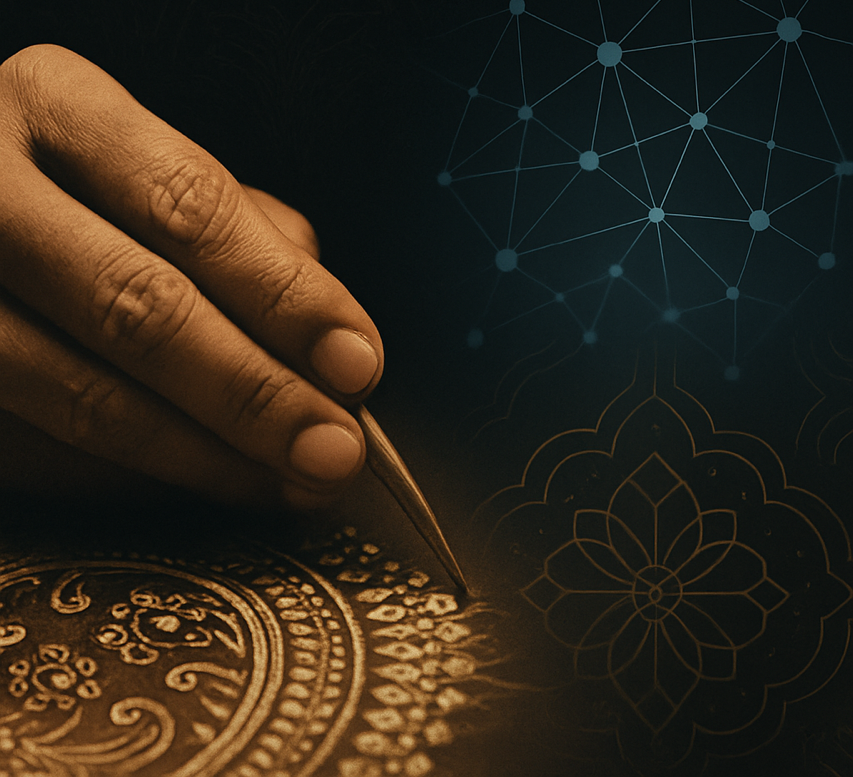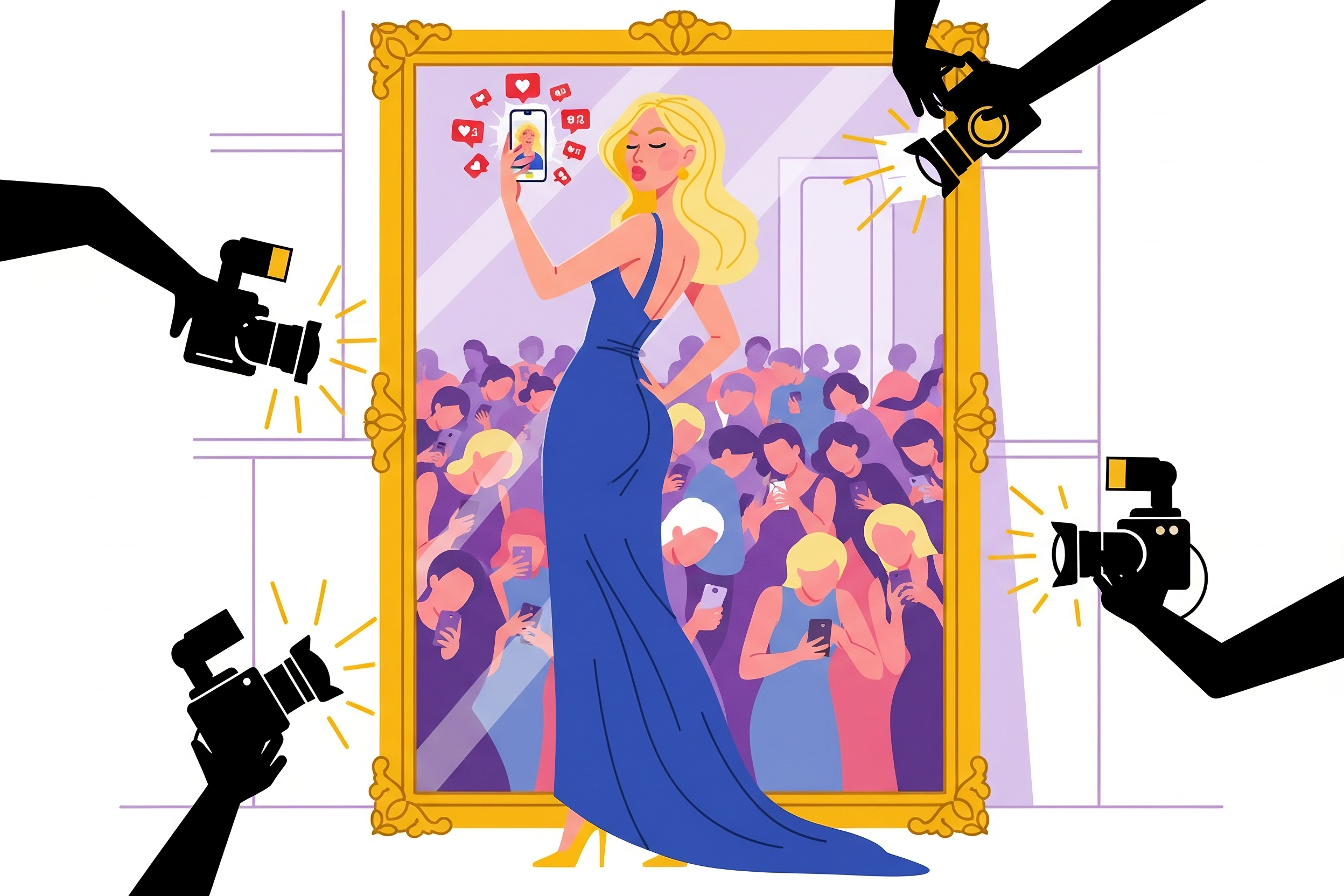Despite the pandemic and financial uncertainty in 2020, interest in luxury brands has continued to grow globally, especially through online platforms.

Despite the pandemic and financial uncertainty in 2020, interest in luxury brands has continued to grow globally, especially through online platforms.
During a year when the world collectively endured the gravest human health crisis in more than a century, fashion capitals went dark, tourism came to a halt, supply chains were upended and sales plummeted; luxury markets were hit hard.
However, the luxury sector has started to rebound and is seeing some positive growth. The “Global Online Engagement with Luxury Brands” report by ForwardPMX examines the crises of this past year and their collective effects with a global lens, including analysis from luxury leaders in major markets across Asia, the Middle East, Africa, Europe and North America.
“This year, we were able to take a more comprehensive global analysis of how luxury consumers around the world are engaging with luxury brands online,” said Sara Pollack, global director of marketing for ForwardPMX and editor of the report. “Luxury brand name search volume is a strong indicator of interest for brands, and we were able to see what markets are experiencing noteworthy growth.
“For instance, while the U.S. still maintains the largest share of volume by far, the growth is seen to be levelling off,” she said. “In markets like Saudi Arabia, Brazil, South Korea and Japan, there is significant growth, while the volume is smaller.
“These are the markets worth watching, and where more potential and growth opportunity exists for brands.”
ForwardPMX’s annual trend report examines how today’s top luxury brands engage consumers online. The company examined nearly 100 apparel brands in this study as a benchmark for the luxury sector.
Embedded within the report is a customary analysis of online engagement, including site metrics, brand searches and social media engagement in order to demonstrate how different marketing techniques resonate with luxury audiences. In an unprecedented year, however, ForwardPMX has viewed these data points with an eye towards the challenges faced by the luxury sector, as a result of the global COVID-19 pandemic and other critical social and societal crises faced by consumers and businesses around the world in 2020.
Key report highlights
According to the report, the United States had the largest Google search volume for luxury brand names, but search volume is growing faster in other markets, especially in Asia, the Middle East and Brazil. Among the most searched brands globally were Chanel, Coach, Gucci, Hermès and Louis Vuitton.
Annual search volume for luxury brand names in the U.S. grew 8 percent year-over-year, while site traffic to those same brands fell 2 percent y-o-y. This suggests that in the current environment, luxury consumers remain engaged, but more are visiting multi-brand retailers, social platforms and resale destinations.

In China, search behaviour has begun shifting away from traditional search engines towards social, messaging and e-commerce platforms.
“In looking at the search volume in China, we’re reminded of how different the behaviours of Chinese consumers are, in that, they’re increasingly relying on social, messaging and e-commerce platforms to find and engage with luxury brand,” Pollack said. “It’s important to note this difference in behaviour and understand the role these other platforms play in consumers’ lives – getting this right is essential to success with Chinese consumers.”
Luxury brands have continued to master the art of social media as Instagram, Facebook and Twitter collectively grew in followers by 8 percent in the past year. Instagram maintains its lead in the number of luxury followers, and its total grew the most at 12 percent year-on-year.
In China, WeChat and Weibo still dominate the conversation, with emerging channels like RED and Douyin becoming increasingly important.

Luxury brand sites increasingly attract a younger demographic like millennials and Gen Z. In the U.S. as well as nearly all countries studied, these groups are the largest cohorts among luxury brand site visitors, represented at considerably higher rates versus the general population.
Additionally, brands like Chanel, Gucci and Louis Vuitton continue to resonate with international 21st century consumers. Between enlisting young designers, engaging in collaborations and the star power of celebrities, these luxury emblems remain relevant, especially to younger audiences.
Industry for change
The dynamic nature of the luxury industry and its way of influencing culture makes it one of the most well-positioned industries to implement concrete change. Diversity reflected in creative appointments and on runways is a start, but luxury should grasp the opportunity to lead a vision for a better, more equal world — socially, environmentally and economically.
During a panel at the FT Business of Luxury Summit on Nov. 23 moderated by Financial Times editor Isabel Berwick, fashion industry experts discussed workplace discrimination and what fashion and media companies need to do to promote racial and ethnic diversity in a meaningful way. They addressed specific ways in which the fashion industry must transform to have a meaningful impact in the effort towards inclusion.
In its 2020 report, Human Rights Watch assessed how jewellers’ existing certification schemes lack rigour and transparency, determining that more needs to be done to assure consumers that the jewellery they buy is sourced responsibly. Now more than ever, due to the increased risk of abuse, jewellery companies should conduct human rights due diligence to ensure that they do not cause or contribute to rights abuses in their supply chains.
Moving forward, all jewellery companies must implement strong human rights safeguards — otherwise, they risk contributing to human rights abuses.
“Content is a mix of storytelling around product and around the legacy of the brand – but also the relevance and ‘realness’ of the brand today,” said Pollack. “Luxury brands that stepped up during the COVID-19 crisis to help their communities and also provided their customers with a sense of escape were applauded in the social media ecosystem.
“We see luxury becoming more relatable while still maintaining its aspirational position in consumers’ lives – this is likely a trend to carry on in the future,” she said. “Luxury is about constant reinvention, and this year that notion has never rang truer.”
Cover image: Gucci's 2020 Christmas campaign. Photo: Courtesy.
Published with permission from Luxury Daily. Adapted for clarity and style.









